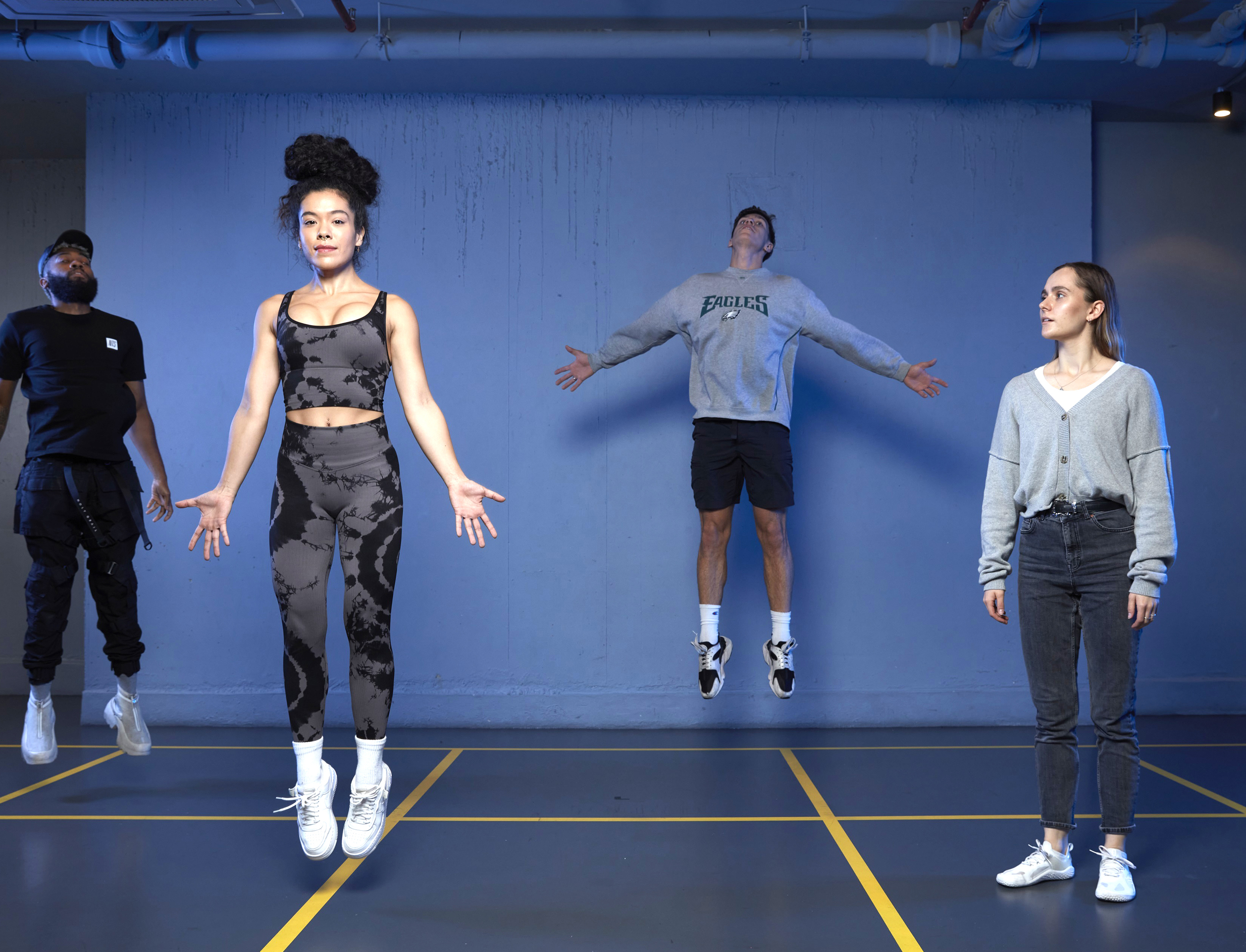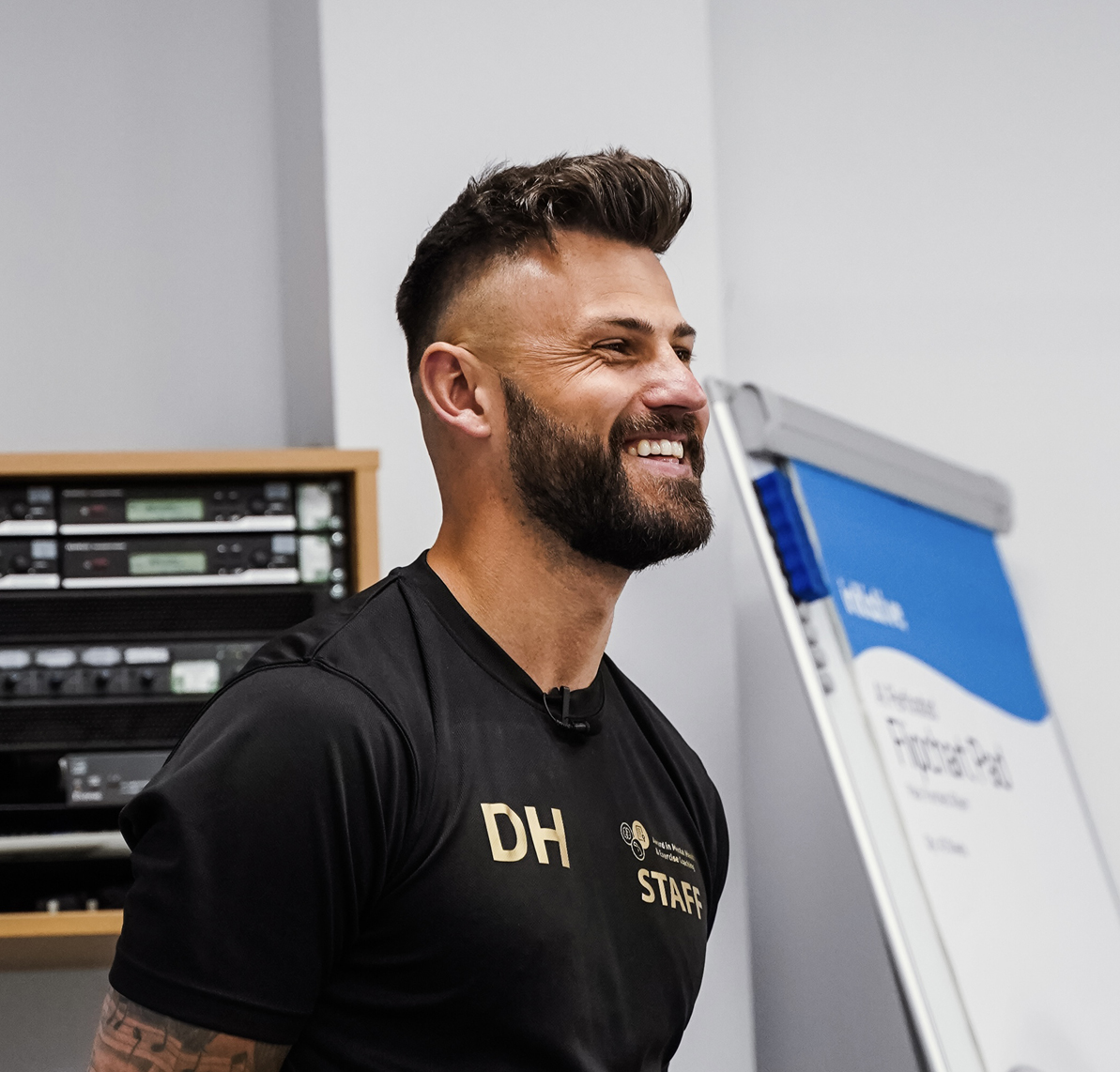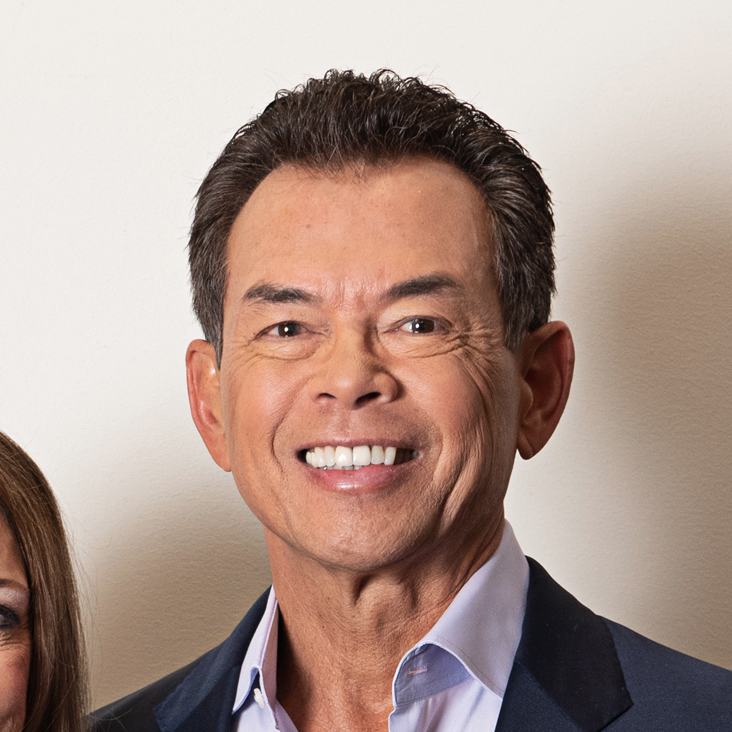latest fit tech news
Egym snaps up Hussle as it moves to dominate the corporate wellness market with its Wellpass product
Everyone's talking about: Mental health training
Now mental health is the number one reason for people to join a health club, do fitness professionals need a grounding in counselling to offer a more holistic service? Kath Hudson asks the experts

It’s important for gyms to start responding to people’s need for mental health support because it’s already happening. Many people are joining gyms to help with their anxiety and depression and are often more inclined to do this as their first port of call, rather than seek out a therapist.
PTs are often good listeners, so it’s a natural progression for them to learn some counselling skills.
The idea that there’s a distinction between physical health and mental health is completely arbitrary. I encourage colleagues on both sides to talk to each other more because there’s an enormous amount to gain.
Eventually I’d like us to get to a point where we don’t have PTs and psychotherapists, but one training that incorporates both the body and the mind.
I chose to train as a personal trainer because of my own experience. Twelve years ago I was the clinical director of a charity that rehabilitated survivors of torture. It was stressful and I got very unfit, so I started going to BMF’s bootcamps. By the time I’d done the workout and cycled home I felt so chilled it inspired me to introduce physical techniques with my own clients.
I also started working with EMDR (eye movement desensitisation and reprocessing) which is about processing trauma stored in the body and noticed that when people were reliving memories of assaults, or other trauma, they wanted to move and often to throw some punches.
Movement can help with all the body’s stress responses: fight, flight and freeze. With fight or flight it releases the adrenaline created when the sympathetic nervous system is activated. Although the freeze response is mainly parasympathetic, it also contains sympathetic activity as it’s a result of the fight or flight response: adrenaline is released and instructions are sent from the brain to the body to fight or flee. If the brain decides neither of these will work the body freezes.
The theory is that to fully bring someone out of freeze and resolve trauma, you need to complete the instruction to fight or run, as that’s the only way to switch off the signal. Once the movement is completed, the brain will be satisfied they’re safe and the freeze state is lifted. This idea comes from Sensorimotor Psychotherapy, the work of Pat Ogden. She recommends having a client punch a cushion or run on the spot. My view is why stop there, which is why I use Boxercise and running in my work.
Although I’d love to see colleagues in fitness and mental health broaden their skills, it’s a big commitment for a PT to become a psychotherapist. However, there are levels of counselling that can be undertaken, as well as Mental Health First Aid training. Other options are to make friends with local psychotherapists: wouldn’t it be great if every gym had a therapist coming in one day a week?

There’s an ever increasing awareness of wellbeing being influenced by nutrition, recovery, sleep, the environment, stress levels and overall mindset, so it’s vital that the fitness industry looks at the bigger picture and views health holistically.
We believe gym floor trainers need to have a broad understanding of five components of wellbeing – movement, nourishment, environment, recovery and mindset – and how they contribute to an individual’s health.
At PureGym we’re empowering our trainers to support all aspects of health and wellbeing with the introduction of a Coaching Wellbeing course. Run by FuturePractice and led by subject matter expert, Oliver Patrick, this has helped our team to understand what wellbeing means as a proposition for members.
We’re also putting in place training to help our teams to support their own mental resilience, with a mental fitness course in partnership with Tribox. As well as equipping our trainers with tools to support their own mental health, it will foster better emotional intelligence to enable them to coach and understand their clients.
The evolution of science means it’s becoming easier to personalise training and improve overall health.
We’ve already noticed people are seeking wellness coaches to support the different aspects of their holistic health, such as sleep, nourishment and fitness, which has positive implications for the gym industry, as members seek more guidance beyond their physical health.


I came to fitness after suffering a period of mental illness and discovering how effective working on my physical strength was in terms of managing my symptoms.
This experience made me appreciate the barriers to physical exercise which living with a mental health condition can present, as well as the barriers the gym environment presents to many people with its one-size-fits-all approach and use of unrepresentative models in marketing.
Wanting to work with the whole body, including the feelings and emotions, I embarked on a range of qualifications to bring together both mind and body training, including PT, exercise on referral, trauma-informed weightlifting (www.tiwl.org) and counselling. With this approach I love seeing clients develop the ability to tune into their health, discover confidence and better self-esteem and start to invest in themselves.
For fitness professionals to start supporting the mental health of clients there needs to be a minimum of Mental Health First Aid and basic listening skills training and the knowledge of how to signpost to other services. Furthermore, operators should be pushing back against toxic diet culture, using marketing imagery which reflects real people and talking more about how exercise makes us feel psychologically. There also needs to be more understanding of the barriers many people encounter when entering the gym environment and a commitment to removing them.


Stress and burnout are a pandemic in themselves and more chronic conditions can come from excessive stress, such as obstructive sleep apnoea and high blood pressure. As a population we need to tackle this crisis where people feel they have to achieve all the time. This was the reason for Gymbox launching its holistic and mind category last October.
Our classes aren’t clinical, we’ve just upskilled a number of our holistic teachers to offer a suite of classes that address mental health. These include ‘Catch some ZZZs’ which uses breathwork and progressive muscle relaxation to promote a good night’s sleep. ‘Cocoon’, where members can chill out in a hammock after a stressful day. ‘Regulate’ provides a safe space to soothe the nervous system through journaling, visualisation and regulation techniques.
We also bring in breathing techniques, such as pranayama and buteyko; hot relaxation wrapped in a sauna blanket and other modalities to regulate the nervous system, including EFT tapping, sound therapy and chakra focus.
Our ‘Weight Lifted’ class is aimed at people who are feeling stressed and combines therapeutic tremoring, tension release exercises and deep relaxation.
When supporting clients with their mental health it’s important to stay in our lane and know when to refer on. Although we can help people to find that link between mind and body, most of us aren’t therapists so must be able to signpost if necessary.
At Gymbox, we have four different avenues to signpost clients: the GP, Psychology Today and the Hub of Hope app, as well as more immediate help, such as the Mind helpline.
To offer mental health support, the first step for gyms is to appoint someone to pull the programme together, identify which skills exist in the workforce and where upskilling is needed. Mental Health First Aid is a must for all fitness professionals and Mental Health & Exercise Coaching offers an impressive qualification.


Many gym-goers open up to their trainers about personal issues. In my own experience as a PT I realised my clients were often struggling with deeper issues than the typical surface level reason for hiring a coach.
As a result, I developed methodologies to use exercise as a tool to improve their mental health, which led to me creating the Award in Mental Health & Exercise Coaching three years ago. Since then we’ve trained more than 300 coaches across the UK – in partnership with The Gym Group – as well as Europe, the US and Australia.
We teach fitness professionals how to talk to clients about their mental health during exercise, using a tool called Informal Exercise Therapy. Workouts are a great time for people to talk about their issues, because they’re releasing hormones such as serotonin that help them be more aware, open and optimistic.
Anyone can sign up to the MHEC Award: it’s a 12-month programme, which can be completed online with one-to-two hours’ learning week. Find out more: www.mymhec.com

Two major research surveys, one conducted by Euromonitor and the other conducted by Well to Do, found the main reason people worked out was for mental wellbeing. Not to get bigger or to get smaller, like in the ‘good old days’.
The best way to be successful in business is to give people what they want, so this is the path to take not just for humanitarian reasons, but also for business reasons.
Globally, we’re in the middle of a health pandemic but at the beginning of a mental wellbeing renaissance. People are more focused on their mental health and wellbeing than ever and they are asking for help.
Evidence-based research has conclusively shown that movement and exercise should be included in any protocol for the treatment of mental illness and the promotion of mental wellbeing, so fitness professionals need to be equipped with the skills to support individuals in this respect.
We need to know what mental wellbeing benefits can be gained through holistic self-care approaches and how best to communicate these benefits.
To this end, the John W Brick Mental Health Foundation has created the Mental Wellbeing Association, which is focused on developing certifications for different industries. The first certification, released at the end of March 2024, is for fitness professionals.
Find out more at www.johnwbrickfoundation.org
























































